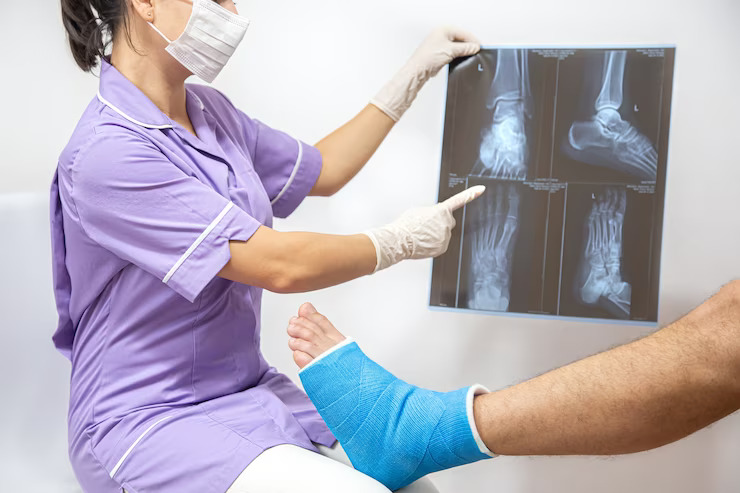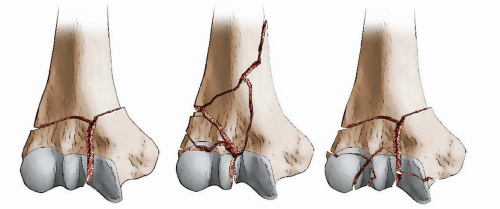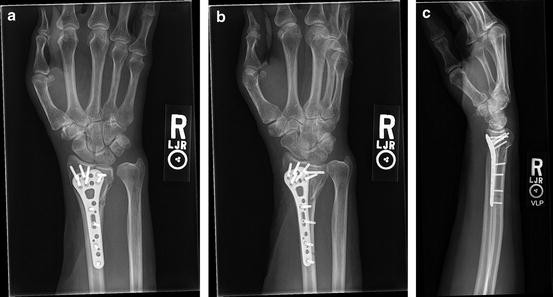Intra-articular Fracture Care
"To keep the body in good health is a duty... otherwise, we shall not be able to keep the mind strong and clear."
Intra-articular Fractures
An intraarticular fracture is a fracture that crosses a joint surface. Such fractures also involve some cartilage damage. Fractures to joints are more complicated to treat and heal than simple fractures, as multiple bones are involved. Bone fragments inside the damaged joint may impede healing time and efficacy. Often, ligaments are torn or separated from the joint surfaces as well, also impeding the healing process. One of the significant challenges with intra-articular fractures is that they disrupt the smooth surface of the joint, which can lead to problems with joint movement, stability, and function if not properly treated. Additionally, there is a risk of developing post-traumatic arthritis in the affected joint.

Rehabilitation following surgery is crucial to restore strength, range of motion, and function to the joint. Physical therapy may be recommended to aid in recovery and help prevent stiffness and muscle weakness. Intra-articular fractures require careful evaluation and treatment by orthopedic specialists to achieve the best possible outcomes and minimize long-term complications.
Types Of Intra-articular Fractures
There are several different types of shoulder replacement.
Common areas of intraarticular fracture include the:
- Shoulder- may involve the humerus, scapula and acromion and coracoid processes, as well as the glenoid and articular cartilage
- Hip- may involve some portion of the pelvis and the upper neck or head of the femur, as well as the hip’s articular cartilage
- Elbow- may involve the lower end of the humerus, the upper end of the radius and the ulnar collateral ligament as well as cartilage between the bones
- Wrist- may involve the lower ends of the radius and the ulna, and the carpal bones, as well as cartilage found between each of the small bones of the carpals
- Knee- may involve the lower end of the femur, the patella or knee cap, and the upper ends of the tibia and/or fibula as well as articular cartilage and collateral ligaments
- Ankle- may involve the lower end of the tibia or fibula, the subtalar joint and the articular cartilage and the anterior tibiofibular and lateral collateral ligaments

We are here to help you Get relief from your pain
Get reed of from various body pain from our experienced doctor.


